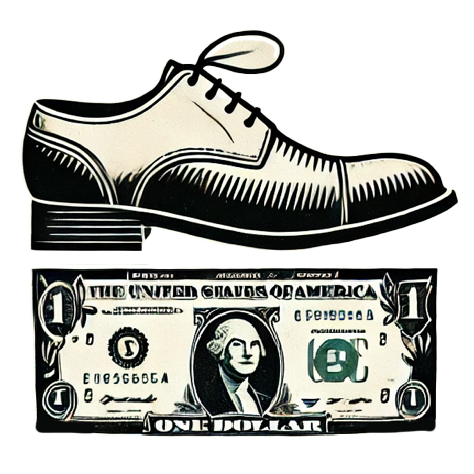Jerome Powell, Chair of the Federal Reserve, has cast a cloud of uncertainty over economic forecasts with his recent comments regarding inflation and growth. During a speech before the Economic Club of Chicago, he stressed a dilemma that many see as a tightrope walk for the Fed: navigating between soaring inflation and the pressing need for economic stimulation. The fundamental dual mandate of the Fed—ensuring stable prices while achieving maximum employment—is facing unprecedented scrutiny. As tariffs loom large over the economic landscape, the stakes have never been higher.
Powell recognized that tariffs implemented by the Trump administration could exacerbate inflationary pressures while simultaneously impeding growth. “We may find ourselves in a challenging scenario in which our dual-mandate goals are in tension,” he cautioned. This delicate balancing act presents a clear risk: if inflation spikes, consumer demand could diminish, ultimately dragging down growth. Powell’s admission speaks to a larger apprehension among economists about the reach and longevity of tariffs as potential ‘taxes’ on consumers and businesses alike.
Tariffs: A Double-Edged Sword
When tariffs are instituted, the immediate consequence tends to be a rise in global prices, which can lead to inflation. Powell has articulated that tariffs are likely to push the economy further away from the Fed’s goals, reflecting a statistical reality that should give investors pause. “Tariffs are highly likely to generate at least a temporary rise in inflation,” he stated—a poignant acknowledgment that the Fed needs to maintain vigilance. In an era where inflation expectations are tightly woven into market behavior, even transitory spikes can shift the Federal Reserve’s approach to monetary policy.
Despite the long-term fear of a persistent inflationary environment resulting from acerbated tariffs, Powell emphasized the importance of keeping inflation expectations in check. This aspect is pivotal, as expectations often become self-fulfilling prophecies. If consumers and businesses anticipate rising prices, they will instinctively adjust their behavior, consequently reinforcing inflationary trends. Hence, the Fed’s role is not just reactive but also anticipatory—monitoring expectations to mitigate adverse outcomes.
Signals from the Market
The market reacted nervously to Powell’s speech; stocks dropped as Treasury yields fell, revealing a broader anxiety. Investors are starting to brace for potential interest rate cuts, as they expect the Fed might be forced to choose between containing inflation or stimulating growth. According to the CME Group’s FedWatch gauge, there are anticipations for the Fed to start reducing rates as early as June, a reflection of the uncertainty that pervades economic landscapes. This could lead to a compelling paradox: cutting rates could stimulate demand but might also exacerbate inflation if tariffs remain in place.
Despite his disclaimer of providing no specific directions on interest rate movements, the implications of Powell’s assertions are resounding. With GDP growth in the first quarter expected to decelerate, primarily due to rising imports—essentially stockpiling before tariffs take full effect—the situation manifests an alarming portrait of an economy on the precipice. Notably, the Atlanta Fed has projected a staggering pace of -0.1%, adjusted for atypical gold imports. Such indications reflect a worrying undercurrent that may soon overflow into chaos if corrective measures aren’t adopted swiftly.
Consumer Behavior: An Overlooked Component
Ultimately, the current economic narrative hinges significantly on consumer behavior. The surprising uptick in retail sales—1.4% in March—largely stemmed from consumer panic-buying in anticipation of tariffs. Such buyer surges may deliver a temporary boon to the economy but can also yield unsustainable growth rates reliant on fear rather than genuine demand. While sectors like automotive show gains, the overall health of consumer spending remains dubious. Powell has adeptly pointed out that “strong imports during the first quarter” could diminish GDP growth—an irony that encapsulates current policymaking challenges.
As Powell underscored, underlying economic signals reveal a “solid position” despite anticipated slowdown. However, one must question whether the Fed’s optimistic view aligns with the diverse realities experienced across different economic sectors. The economic environment is in flux, creating inherent instability that the Fed cannot ignore. Sound policy-making must balance immediate growth against the looming threat of inflation fueled by tariffs to sustain long-term economic health.

